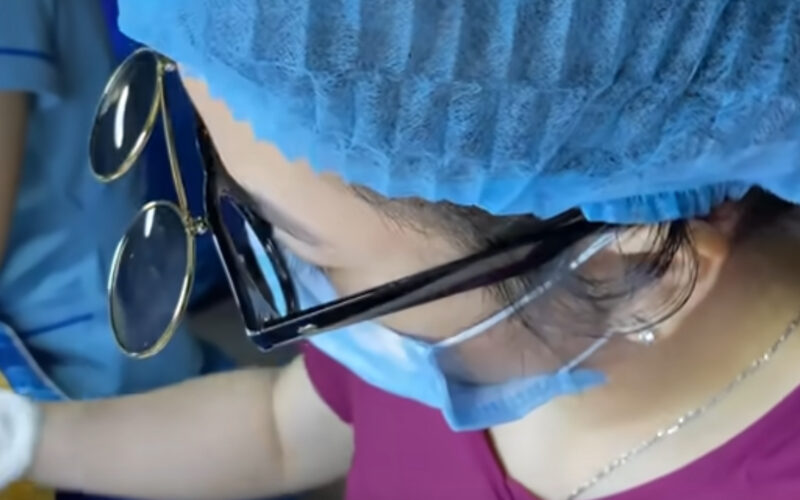Alopecia areata is believed to be an autoimmune disease resulting from a breach in the immune privilege of the hair follicles.[4] Risk factors include a family history of the condition.[2] Among identical twins, if one is affected, the other has about a 50% chance of also being affected.[2] The underlying mechanism involves failure by the body to recognize its own cells with subsequent immune mediated destruction of the hair follicle.[2]
No cure for the condition is known.[2] Efforts may be used to try to speed hair regrowth such as cortisone injections.[2][1] Sunscreen, head coverings to protect from cold and sun, and glasses if the eyelashes are missing are recommended.[2] In some cases, the hair regrows and the condition does not reoccur.[2] In others, hair loss and regrowth occurs over years.[2] Among those in whom all body hair is lost, less than 10% recover.[5]
About 0.15% of people are affected at any one time and 2% of people are affected at some point in time.[2][5] Onset is usually in childhood.[2] Males and females have the condition in equal numbers.[1] The condition does not affect a person’s life expectancy.[2]






